John Maher: Hi, I’m John Maher. I’m here today with Gregg Harwood, Digital Product Manager at Inkcups, a leading supplier and manufacturer of industrial inkjet printing equipment, pad printing equipment, inks and accessories. Today we’re talking about digital printer service. Welcome, Gregg.
Gregg Harwood: Thank you, John. Happy to be here.
About Digital Printing Equipment Service
John: Great. So Gregg, tell me a little bit about service and why that’s really important.
Gregg: For this level of complexity with equipment and the price point that these machines are at, service is everything. So if the machines aren’t serviced right, they’re not running effectively and paying off for the customer. It’s not a cheap investment. So if they’re down, they’re not producing money, they become somewhat of a paperweight of some sort. So they’ve got to be running. And if you have a good service team, they’ll keep you running, and constantly providing solutions to your customers. Service is everything, and it’s what really prompts additional equipment and repeat customers.
John: Right. And like you said, if a particular machine is down and you’re not able to print a certain type of product or not as many products as you normally do, that can really affect your business. So you really needed to have all of your equipment up and running at all times.
Gregg: Absolutely. Yeah. And it’s beyond just the break-fix, but also providing the customer with the proper knowledge to maintain their equipment and preventive maintenance programs and so on and so forth, so that their equipment is not only running but optimized and running at its full capacity.
Digital Printer Service Requirements
John: Okay. So if I have some printing equipment, what should be some of the requirements that I would want in terms of service of that equipment?
Gregg: It comes down to people, personnel, making sure the customer…giving them the proper consulting to hire the right people, whether it be from an operator side, a technical side or a maintenance side. Making sure that they have the right team to succeed. And we’ve seen it many times where it’s not the right team and then we know what the proper model is and we can help consult and drive them to that optimal team.
John: So do you actually help with their hiring process? Or are you just helping give them some ideas of, “Hey, you’re looking for this type of person or that type of person?”
Gregg: Yeah, we have job descriptions that we can recommend, you know, what they should make pay-wise. We take that consulting side pretty serious because in the end it helps everybody. It reduces the call rate into us. It keeps them more self-sufficient. So yeah. And many times we give them, “Here’s what these people should be, what their background should be, here’s what they should be responsible for and here are some ways to keep them accountable.”
Maintenance for UV Printing Equipment in Digital Printing
John: Okay. And then what other types of service did you mention? Maintenance was one.
Gregg: Maintenance. And then there’s also the machine operator who handles the jobs, handles basically the button pushing of the machine day-to-day. And then a technical resource where, when push comes to shove and a machine is having some issues, they’re the highest escalation in their facility that can contact us and do some remote diagnostics.
John: Okay. So talk about the maintenance first. What are — again, the companies that own these printing products, this printing equipment — what are they looking for in terms of maintenance or what should they be looking for?
Gregg: They’re looking for as automated as we can get and as streamlined as we can get. Because just like if the machine’s broken and down, if the machine’s down for any sort of maintenance, it’s down. It’s not producing. So minimizing that as much as possible is key.
So streamlined instruction, work instructions, having the proper supplies and components in order to do the maintenance quickly so that they can stay focused and get into the machine and get it back into production. That’s basically what they’re looking for. They’re looking for to the point instructions that they can keep their team accountable to run, to handle.
John: And then do you also supply, along with your printing equipment, all of the parts and things like that that they might need to do that regular maintenance?
Gregg: Absolutely yeah. And we have built in reminder calendars in our equipment so that the operator knows, “Oh, it’s time for my biweekly maintenance. Here are the parts I need.” They can refer to a standard operating procedure that we provide. And then on a monthly basis they may get a reminder, on an annual basis.
Beyond them doing the maintenance, they can even reach out to us and a service we provide is that we’ll come in and actually handle it for them. So if they don’t want to take on that burden of having to have their operators do it, we’ll send a certified tech from our facility and they can pay the expenses for us to come out there. But basically, we’ll be onsite and we’ll do it for them.
Repairing Digital Printing Equipment
John: Okay. And then talk about when that equipment, if it does break down for whatever reason and you need somebody to actually get in there and repair it, what are we looking at there in terms of the service?
Gregg: Whenever a customer has a problem they call into our service team and they explain the issue. And most of the time, high 90%, we are able to resolve it over the phone or through a screen sharing program. If and when we need to pack our bags and get on a plane, we are there within 24 to 48 hours of determining it’s the need for a service call; we’re there between one and two days.
Digital Printer Service Differences
John: Okay. So what typically changes from company to company in terms of service?
Gregg: I think expertise in the equipment, and process. So if a company doesn’t have the right process set up where they can handle this incoming traffic if you will… We service a lot of machines so if you don’t have the right process it bottlenecks, customers aren’t getting contacted quickly enough, or they’re not getting contacted efficiently enough. So I think process defines us. Our process is very good compared to some of our competition.
I think knowledge of the equipment. We have people that have been working on these machines for 10, 12 years. They know inkjet. It’s not an easy skill to learn. It’s something that happens over the years and we have a lot of experience and expertise in that area. And it’s how quickly we can get back to somebody, how quickly we can resolve their problem. And right now, like I said, one out of ten issues that come through, we might have to go visit and actually handle it onsite. But there’s 95% of the time where they’re getting a quick answer and a quick solution and they’re back and running.
John: Right. What does bad service look like and how can that affect your company, if you’re getting bad service?
Gregg: Bad service is if you can’t get them on the phone. You can’t get an answer. They don’t have the answers. Many times we hear horror stories from our competition where a machine is purchased — and they’re not cheap; it could be 20, 30, $40,000 and it’s sitting there and they literally don’t know how to fix it being the customer — they call in to the expert who sold them the machine. They either don’t know how to fix it or they’re waiting on direction from somebody else to be able to fix it.
So the process in getting back to the customer is slow if they don’t know the answers and if they don’t have enough experience themselves to support their equipment. And a lot of these suppliers are distributors, they’re middlemen. So they don’t know the equipment, they’re not building it. They need to get high level consulting guidance from the suppliers who manufacture it, and many times it’s overseas, so now you’re dealing with time zone changes. And so now the customers gives their complaint, and that complaint gets transferred over to someone in China or something. It comes back to them. Now we’re talking two, three days before you even get that initial type of contact back.
What Good Digital Printer Service Looks Like
John: Right. So then the opposite of that would be the ideal type of service situation for your digital printers. You talked a little bit about that, how you guys are able to get right back to people in 24 to 48 hours. What other things should I be looking for in terms of a really good service situation?
Gregg: Yeah. And I want to clarify that. Our response time is 10 minutes. So when a customer calls in with a problem, our administrator is literally reaching out to them within 10 minutes. So it’s immediate. In the grand scheme of things that is immediate, they’re getting an answer and they’re saying, “Oh, thanks for contacting us.” We may request some additional information. It might be the machine’s serial number, it might be the model, the ink configuration, whatever that might be. But they’re getting an initial touch, which is key. And when you have a problem and you’re freaking out and your machine’s down, you need to at least know that who you’re contacting for the services, at least they’re on it. They’re with it.
Beyond that, within 30 minutes we have a certified technician on the phone, or we use a screen-sharing program called TeamViewer and a case or a ticket is created. So now the customer, 10 minutes in, they’re touched. They say, “Okay, someone will be with you.” 30 minutes later your technician is reaching out to you. There’s a ticket number so that you can always reference it. If you call in the next day or you call in a week later and the issue might come back, you can at least reference a case or ticket number and say, “Hey, I just had this problem,” or, “I have this problem. I’m working with so-and-so.”
Communication is everything. In bad service, communication’s poor, they don’t know who’s working with them, the response time’s slow. We pride ourselves in quick responses and providing solutions quickly.
Remotely Fixing Digital Printing Equipment
John: You talked a little bit about how you can remote in and maybe even fix some situations remotely. Tell me a little bit about that.
Gregg: It’s a screen sharing program. A customer gives you permission to their PC through a password. You log in and you see what they see. So now things that you would want to look at if you were actually physically there, you can actually see onscreen. We also provide a webcam with every machine, so that way if a customer can just show you, you know, a picture’s worth a thousand words. I think we learned that a long time ago is, if you can see it and you can save thousands of dollars in airfare, it’s worth it. It’s not only the cost or the expenses, but also you’re talking hours of downtime until we can get somebody there. Customers love the fact that we can resolve things over the phone or through a program.
So a lot of times it’s an error code, we can debug an error. We can logically troubleshoot something by watching the way that the inks are firing, the way that the temperature of the ink is being handled. The functionality and the performance of some of the boards. And we can watch through some of our diagnostic software. And we’ve seen enough of the way it should run, that when something jumps out and looks kind of strange, we can typically correlate it to the problem.
John: Right. And there’s probably not a lot of problems that you haven’t seen before. So you could recognize something and say, “Oh, I know exactly what that is. You need to replace that part,” or you know, “It’s this situation.”
Gregg: Exactly, and to that same point, being that we’ve seen all of these problems so often in our case, our ticket metrics or our service metrics that we run on a monthly basis, we have our top call drivers. So now what we’re studying is how often are people calling in? What are they calling about?
So now we’re creating documentation that will actually be catered toward those top issues. So if there’s a common trend and we’re seeing a failure of a certain component, we’ll create a document on, “Okay, here are the symptoms of what you might see. Here’s how to replace the part.” And then now, we bump up our inventory of that part to handle that trend until it slows down. We can go back to our manufacturer at that point, we can figure out if it’s a supplier end issue. We can second source.
There’s a lot we can do with the metrics. And I think that’s another differential between us and our competition is that, I’m not sure those metrics are being run at other companies. They’re being run and they’re being run in order to run our business here. And it elevates our level of service and how we can provide it to our customers.
Other Digital Printer Services
John: Right. What other types of services do you feel like Inkcups offers that other companies don’t really offer?
Gregg: There’s a couple. And one being the remote side, which I just alluded to. No one has a ticket system. No one has a case system. We support our own equipment. So when it comes to ticket systems, some other companies might do it but they’re using third parties as service agents. So again, it goes back to my initial point where they’re having to get guidance from other people.
John: You’ve got a middleman in there.
Gregg: Yeah, you’ve got a middleman. So us being the supplier, the manufacturer, we have a ticket system that not everybody really works with so having that really separates us. And then number two is the application side, which, we know adhesion and we know the things that will help our customers use this equipment to its fullest.
Some examples are workflow, knowing that they get jobs in and being able to maybe scan a barcode and automatically populate artwork or quantities or jobs. And that’s an application. Variable data, personalization, adhesion. Understanding, number one, what makes ink stick to product?
And then number two, knowing what different industries require different adhesion, different durability. That’s a whole other aspect of our service team that we provide on a consulting basis. If you’re with Inkcups and we’re a partner, we’re providing that information. I mean, you might come across a difficult substrate that you can’t get ink to stick to, you send it into our lab, we’ll run an ink test, we’ll give you what the pretreatment is, what the right ink is that you should be using. We’ll give you a report back with, “Yeah, here it is, and here’s how it passes.”
John: Right. So your service really covers the gamut all the way from supplying the company with the digital printing equipment itself, to the maintenance and fixing any issues that come up with the equipment, all the way through how people are actually using the equipment and printing with certain inks on certain substrates and certain products and things like that. You’re just going right from the very beginning all the way through to the very end.
Gregg: Yeah. It’s turnkey. Not only the equipment, the supplies, the consulting advice. We have three or four application specialists that we… We have some of them here at our headquarters and we have some of them remotely. We’re onsite. We go out. We will look at their operations, we’ll give them areas of gaining efficiencies in their process, either on the machine, before it gets to the machine, their order entry process, their artwork process. We look at everything. And then we can offer some really high level advice with the management there and say, “You guys should be doing X, Y and Z, and this will yield you a percentage more per hour or more throughput.”
I think some of our log reporting that we have in our software where a production manager can literally print out a report right from our software to say, “Here’s what our hourly output is, here’s what our ink consumption is.” Again, not really service, it’s more a tool that we provide with our equipment that no one else does. They put the machine onsite, they make sure it runs, but they’re not looking at the big picture of how well can it perform and how can we make it perform better?
John: It sounds to me like you’re much more than just a service provider. You’re really a partner in the business that that company has.
Gregg: Yeah, that’s a good way to put it. That’s how it is.
John: All right. Well, that’s really great information. Thanks again for speaking with me today, Gregg.
Gregg: No problem.
John: And for more information about Inkcups and Inkcups printing equipment, visit their website at inkcups.com, or call (978) 646-8980.
Want More Information About UV Printers?
Learn more here UV inkjet printing equipment
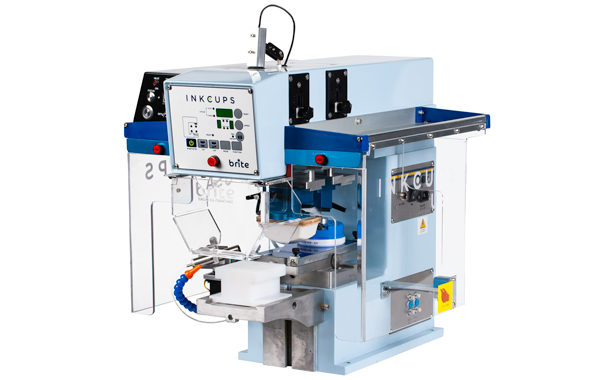 Tagless Printers
Tagless Printers Cylindrical Inkjet Printers
Cylindrical Inkjet Printers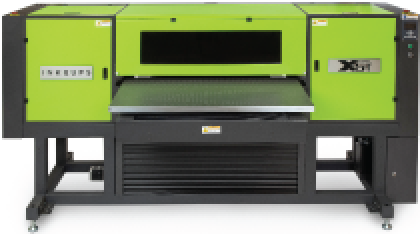 UV Flatbed Printers
UV Flatbed Printers Pad Printing Machines
Pad Printing Machines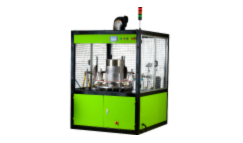 Pretreatment Systems
Pretreatment Systems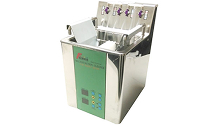 Inkjet Printing Auxiliary
Inkjet Printing Auxiliary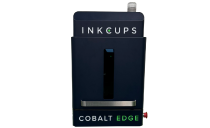 Laser Plate-Makers
Laser Plate-Makers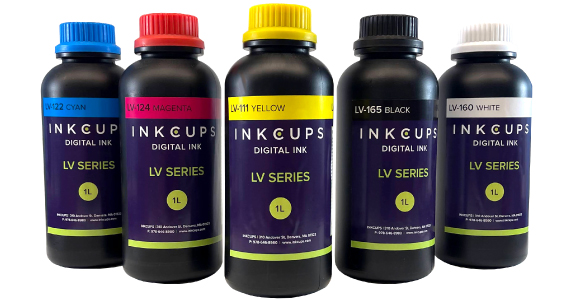 Inkjet Printing Supplies
Inkjet Printing Supplies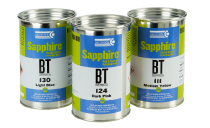 Pad Printing Supplies
Pad Printing Supplies Tagless Supplies (tagless.inkcups.com)
Tagless Supplies (tagless.inkcups.com)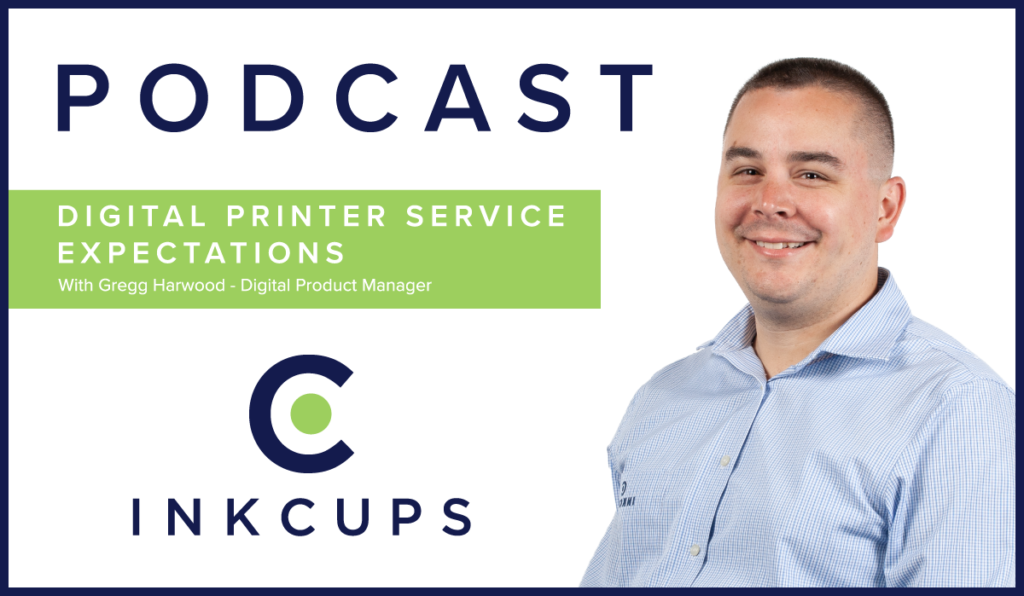
Pleasant Printing Company
Great article. Couldn’t write much better!
March 16, 2021